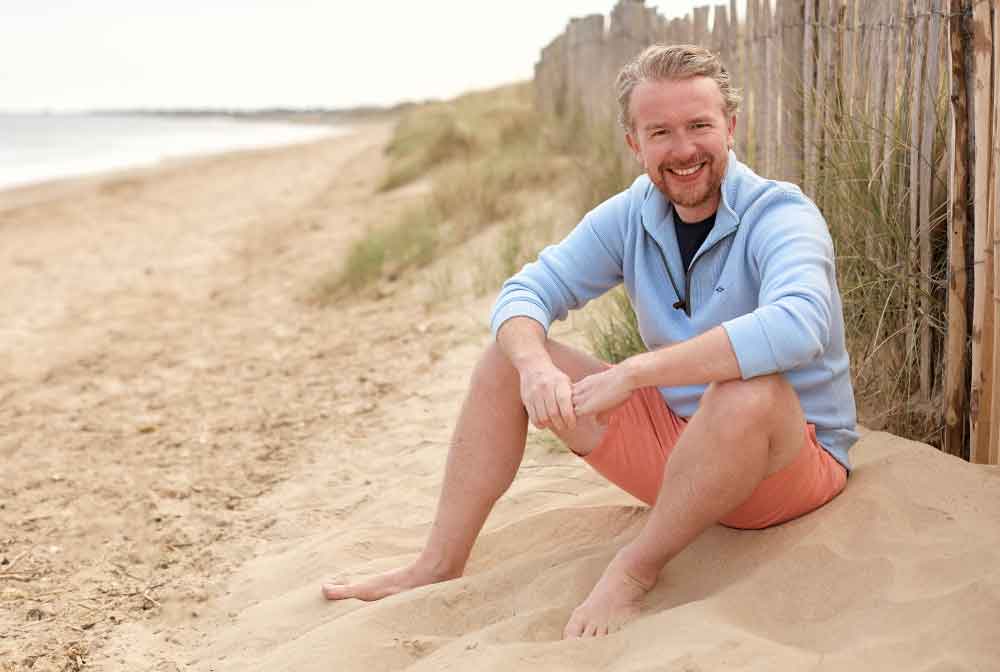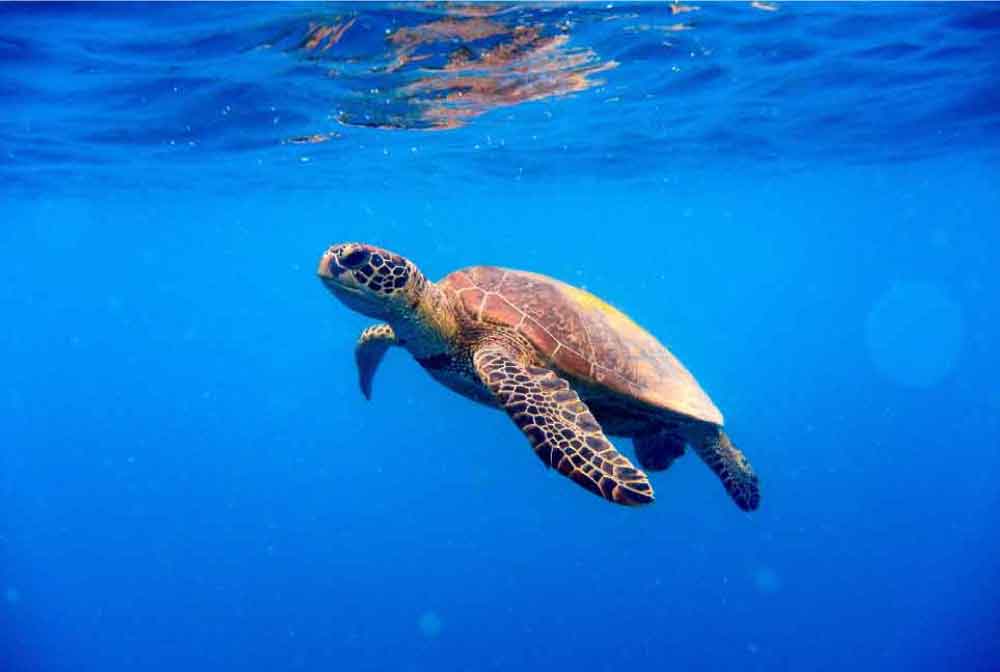Whether you are heading to some far-flung pocket of paradise for a couple of weeks or have managed to wangle a sabbatical out of your original-hippy-of-a-boss, one of the most incredible things you can do when travelling is connect with the world’s most amazing wildlife. The problem is: indulging in a bit of animal tourism is never as simple as just cuddling a sloth or paddling with a pig. Instead, it’s one of those awesome adventures that carries a bit of baggage in the form of negative thoughts because, deep down, you know this industry has a far-from-innocent underbelly, no matter how much you try and put that teeth-gritting image to the back of your mind.
In your heart, you hope you’re handing your tourism money to the sort of place that’s dedicated to saving our magnificent animals, but your brain isn’t quite on the same optimistic-slash-naive wavelength. Instead, that prosthetic-limb-coloured organ in your skull keeps yelling, “WHAT IF THIS “SANCTUARY” IS ACTUALLY HURTING THEM AND PRODDING THEM WITH STICKS AND STUFF?!”
Sure, this isn’t always the case. For example, you might be chilling on a beach in Thailand and notice the sea is glowing with bioluminescent plankton, in which case, rock your best resting beach face and go for a paddle because there’s nothing to worry about. But for pretty much every other wildlife-based vacation, there’s always a dollop of confusion to contend with.
So, to give you some peace of mind, we’ve pulled together a list of truly ethical wildlife-destinations every animal lover can visit guilt-free; places you can enjoy without worrying that you might be contributing to harm and abuse; places where your every baht, dollar, peso and zaire goes towards amazing conservation efforts. Now go and enjoy.
What: Sloths
Where: Monteverde Cloud Forest, Costa Rica

We know they are called sloths, but if you want to sound like Sir David Attenborough, you need to add a ‘w’ before the ‘t’ and pronounce them ‘slowths’. Anyway, that’s beside the point. The point is: some of the most popular sanctuaries - ones that are meant to love these impossibly cute animals like they are their own - have had their practises and intentions questioned by anyone with morals. So, instead of spending your money “meeting our sloths”, it’s a much better idea to spend your cash on an friendly guide and try and spot them in their natural habitat - aka the wild - and there’s nowhere that offers better odds than Costa Rica, or as the locals call it, “Sloth Paradise” (okay, that moniker is made up, but it could be true). That said, exploring the whole of Costa Rica with a fine tooth comb in search of two-and-three-toed-sloths could take some time (even if it is five times smaller than the UK), which is why you should head to the magical Monteverde Cloud Forest and hunt (figure of speech) for these creatures on both day and night hikes. It’s amazing.
What: Elephants
Where: Chiang Mai, Thailand

Thailand and riding elephants go together like breakfast tea and custard creams. Seriously. In the same way the streets of Bangkok are saturated with eye-raising establishments, the rest of Thailand is saturated with chances to play with and ride on elephants. Unfortunately, and we say this with the deepest regret, these elephants don’t view it with same bright-eyed optimism because none of them actually want to be there. Not one. Luckily, there’s a solution. Instead of handing a decent chunk of your tourism budget to people and places that abuse elephants (spoiler alert: that’s pretty much all of them), give your money to a sanctuary that works its butt off to help these damaged elephants live a happy life, such as the Elephant Nature Reserve. This place is absolutely extraordinary. It’s like a retirement home (read: rehabilitation center) for elephants that spent their former lives being abused by logging companies and tourists having the wool pulled over their eyes. Now, we don’t get your hopes up, so we need to inform you there’s no riding elephants here (trust us, that’s a good thing for these big-eared wrinklies), but they do let you feed them, wash them and play with them, and without feeling guilty about it too, which is a bonus.
What: Grey Whales
Where: Baja California, Mexico

For those that don’t know, Baja California is pretty much Mecca for wildlife-lovers on a gap-year of any kind. But the jewel in the crown is being able to chill out with a bunch of grey whales. That’s no exaggeration. The whales here are so laid-back, curious and friendly, they will make their way to your boat just to play with you. Splash them with water, strokes their heads, whisper (innocent and not-weird) sweet nothings into their ears - whatever tickles your fancy. It’s all totally legit. It doesn’t hurt them, it doesn’t annoy them, it doesn’t go against their ancient commandments, and it doesn’t mess with their migration patterns either, meaning it’s one of the only places you can legitimately pet a massive sea creature. Anyway, the most popular grey whale hangouts are Magdalena Bay and Scammon’s Lagoon (with some VIPs preferring the San Ignacio Lagoon). Just make sure you head in the spring for the best chance of having your mind blown.
What: Pigs
Where: Exumas, Bahamas

When writing a list about cool wildlife spots, you’ve gotta include swimming with pigs. It’s just too Terry Pratchett to believe until you’ve pulled on some trunks, popped a snorkel in your mouth and seen it with your own two eyes, and the best place to do this is Bay Major Cay, an island in the Exuma area of the Bahamas that’s not home to any humans, but rather a drift of swimming pigs. Now, you may be thinking, how can swimming with wild pigs go wrong, and we see your point. But it turns out some pig-seeking tourists couldn’t differentiate between swimming with pigs and snacking with pigs which - to give you the short story - saw seven pigs ingest sand and come to an early demise. So, whether you go with a tour guide on a boat full of disbelievers or you hire your own vessel, make sure you a) book out an entire day for this one and b) stick to the swimming-with-them-thing. We promise it’s way more Insta-worthy than feeding pigs. That you can do in Norfolk.
What: Gorillas
Where: Virunga National park, Democratic Republic of the Congo

When it comes to seeing a critically endangered animal like the mountain gorilla, there’s no better place to hunt them down (once again, figuratively speaking) than in a national park that was set up to protect them. That’s what the Virunga National park is. It’s a place where the last remaining gorillas can live in safety; the park rangers devoting their lives to ensure this humanitarian mission is a success (all they are missing are t-shirts that say #screwyoupoachers on them). Anyway, what this level of dedication means is, any gorilla trek you go one has been meticulously thought out so that you can’t possibly harm the gorillas here or the environment they live in. There’s nothing thee guys and girls haven’t thought about, right down to the surgical masks they give you as a ‘just in case’ (it’s nothing against you and your probably very clean habits, it’s just gorillas don’t have immune systems as awesome as our). As for when you should go, that depends on which part of the country you’re visiting. If it’s the south, go between April and October. If it’s the north, try December to February.
What: Humpback Whales
Where: Hawaii (All Of It, But Mainly Maui)

How cool would it be to sing with a male humpback whale (it’s the blokes that tend to sing in that Finding Nemo-style way), while enjoying the breath-snatching island of Maui? It just doesn’t get better than that. Seeing them is one thing, but hearing them perform like they’re in the live finals of the X-Factor is something else entirely. And we’re not just talking about spotting them from afar either because these magnificent creatures are more sociable than a Prom King that’s just moved to LA. Simply book a boat trip in February and they’ll swim right up to you as if they’re the ones ogling another species on a day trip. Where the question mark over their wellbeing comes in is the data surrounding their numbers in the wild. Not that long ago, humpback whales climbed their way off the endangered species list, but scientists aren’t sure if we have the full picture yet. As such, we recommend you make a donation to the Hawaii Wildlife Fund (and the Blue Marine Foundation) to do your bit in supporting the conservation work surrounding humpback whales.
And there we have it.
6 awesome places around the globe you can enjoy wildlife without worrying about which side you are on or whether you are being a living contradiction, rocking your Critically Endangered Socks as you hand money to animal abusers. It’s so sad to think there are sanctuary’s making lives worse for animals. But the first step in putting an end to this abuse is knowing where the good guys are and making sure it is them who get your love and money.
Thanks for reading. For more ideas on how to embrace the endless summer, chase the horizon and keep your skin sun-kissed all year round, follow us on Instagram, Facebook and sign-up for a naughty-little newsletter below! (you’ll get a cheeky 10% off if you do).






